A floating text box greets visitors who land on Georgia State University’s (GSU) admissions page. “Hi there! I’m Pounce, a virtual counselor,” a blue panther avatar announces. “I’m here to help you with the admissions process. Let me know if you have any questions!”
No, potential students aren’t talking to the college’s actual mascot or a staff member. Pounce is a chatbot.
What is a chatbot? It’s a computer program that uses natural language processing to talk with users. For example, you can ask Pounce, “How can I apply?” and “Where is GSU located?” With this tool, the university’s actual counselors can focus on answering more complex questions and meeting with students.
Chatbots have become a go-to tool for customer service in education, healthcare, tech, and other industries. Advanced AI chatbots also help automate business operations. Jotform AI Agents, for instance, can gather client data, reschedule appointments, and even narrate presentations.
Before you start dreaming up your own Pounce, consider these chatbot pros and cons to make sure this technology is exactly what you need.
Pros of chatbots
Conversational AI chatbots are popping up on all sorts of websites. A 2024 G2 survey found that 69 percent of organizations already use chatbots and virtual assistants. So what’s the appeal?
24-7 customer service availability
Your clients’ questions don’t stop when your support team clocks out. Chatbots are always available to provide support, even on holidays or at 3 a.m.
These tools boost customer satisfaction and reduce wait times by instantly answering basic questions. No longer do your customers have to wait on hold to check their order’s status or ask whether a product comes in blue. Meanwhile, more complex questions can get directed to a staff person.
Cost-efficiency and scalability
Even your best staff can handle only one or two chats at a time, but chatbots can have many more conversations at once. During a flash sale, for instance, hundreds of people might talk with your chatbot. And you save on operational costs while scaling your support: a win-win.
Enhanced customer insights
The best AI chatbots collect data every time they interact with users. For example, a customer service chatbot could gather information about
- Client preferences
- FAQs (“What does ‘standard shipping’ mean?”)
- Visitor behavior
This data can help you improve your strategies and personalize customer experiences. Did someone ask about a skin care product? Email them a coupon encouraging them to try it. Do visitors keep asking about your return policy? Put it front and center on your product pages, for transparency.
Increased sales and lead generation
A chatbot is an excellent addition to your sales team, one that doesn’t need health insurance or paid time off. It can capture leads that might otherwise get missed, such as contact details from website visitors, for follow-up. Or it could ask service-related questions, such as, “What type of landscaping do you need?” or “What’s your budget for this project?” That way, your sales team can spot the most promising leads and reach out with personalized assistance.
A conversation with your chatbot can turn casual browsers into committed buyers. The helper could promote specific products (“It sounds like our waterproof backpack would be perfect for that kayaking trip”), address concerns, and speed up purchasing decisions.
Personalized customer experience
Early chatbots were unmistakably robotic, giving everyone the same formulaic responses. Today’s chatbots are much more interactive and personable.
They give short analyses of user intent, often in only a sentence or two. They can also adjust their answers according to users’ queries, for example, finding a tutorial on your website to help a customer use a product or scheduling a sales consultation for a client who’s ready to make a purchase.
Some chatbots can even detect regional dialects and slang, and tweak their language to match. These small touches make conversations more personal and engaging.
Error reduction
It’s natural for people to make mistakes, especially when they’re handling a lot of requests. A well-intentioned support rep might forget that a product is permanently out of stock, forcing you to cancel orders.
A chatbot minimizes these kinds of mistakes with programmed flows and pre-written content, so customers always get the clearest, most accurate information.
Cons of chatbots and how to overcome them
Like any technology, chatbots aren’t perfect. They have a few drawbacks, but you can address most with a little planning.
Limited understanding and problems handling complex queries
While AI chatbots can hold humanlike conversations, they sometimes struggle with nuanced or complex questions. Ask about a billing dispute or shipping snafu, and the chatbot might come up blank or generate a nonsensical answer.
You can minimize this issue by designing clear conversation flows that guide users to preset options. Many programs also let chatbots automatically hand off complex queries to representatives, reducing customer frustration.
Lack of emotional intelligence
Chatbots can be great conversationalists, but they can’t replicate genuine empathy. Sensitive issues like product malfunctions and health crises need a human response.
By combining AI with staff support, your company can handle these situations tactfully and satisfy customers. One solution includes filtering conversations for certain trigger words, such as “cancel,” “furious,” and “hospital.” When a customer types in one of these words, the system can automatically route them to a representative.
For the smoothest handoffs, make sure your rep can read the full conversation history, so they won’t have to ask irate customers to repeat themselves (adding more stress to the situation).
Maintenance and updates
Conversational chatbots can automate a lot of tasks, but they’re not totally hands off. These programs require updates to keep them running smoothly, just like accounting software or a cybersecurity program.
You might need to update or retrain your chatbot if
- You detect a security vulnerability that could lead to a data leak.
- Your return policy changes.
- You expand your services.
- A popular product is discontinued.
- You update your brand voice (goodbye serious replies, hello sassy answers).
Choosing a user-friendly platform like Jotform AI Agents can make these refreshes much easier. Jotform automatically handles updates and repairs, lightening your workload. Plus, you can easily retrain AI Agents by updating their knowledge base and feeding them new documents, with no coding necessary.
Implementation challenges
Blending chatbots into your tech stack without causing any disruptions or confusing your team can be quite a feat.
Look for user-friendly solutions with easy embedding and no-code customization, like Jotform AI Chatbot Builder, which lets you tailor your bot’s appearance and behavior with only a few clicks.
Risk of overreliance
Once you see how efficient chatbots are, you may be tempted to use them for, well, everything. Scheduling appointments? Chatbot. Processing IT support tickets? Answering customer questions? Recommending products? Chatbot, chatbot, annnnnd chatbot.
These are all completely valid uses for conversational bots, but don’t go overboard. Customers crave human interaction now more than ever, and they’ll feel frustrated if they can speak only to a queue of robots. Balance chatbot automation with human support, so you don’t lose that personal touch.
Jotform AI Agents and their chatbot capabilities
Now, you’ve weighed the advantages and disadvantages of using a chatbot, and you’ve decided it’s right for you. The next step? Choosing one.
You could build a custom chatbot from scratch, but that takes a lot of resources. Jotform AI Agents offer an easier solution. These handy bots are designed to engage website visitors and help users complete forms with faster, intelligent communication.
Here are a few key advantages:
- Advanced customization and training: Chatbots are members of your team, so they should look and sound the part. Jotform allows you to fit your chatbot’s persona, tone, and responses to your brand identity. A hiking gear company, for instance, might design a chatbot that makes silly tree puns and has an adventurous spirit.
- Multilingual support: Jotform AI Agents can speak in multiple languages, instantly adapting to your user’s needs. They help you communicate easily with a global audience.
- Easy embedding and integration: You can easily add AI chatbots to WordPress websites and other platforms. There’s no coding required, which accelerates your launch timeline.
- Lead generation and engagement: AI Agents can capture customer preferences and ask questions that help your sales team follow up later. And with simple tasks offloaded to AI, your team can be more productive and focus on growing your business.
Plus, Jotform provides AI chatbot templates to speed up the design process. For example, the Healthcare AI Chatbot can collect patient data securely, while the Hospitality AI Chatbot assists with booking guests.
Get the most out of your chatbots
Understanding the pros and cons of chatbots is key to using this technology effectively. Their advantages are clear: around-the-clock support, cost savings, and personalization, to name just a few.
Of course, chatbots come with a few challenges, especially when you’re first getting the hang of them. Luckily, you can manage these hurdles by choosing tools that fit your needs and following best practices. And, of course, remember to treat AI as a collaborator, not a replacement for human support.
Jotform AI Agents can help you enjoy all the benefits of chatbots while minimizing the headaches. Design your first AI chatbot today, hand over your to-do list to an AI Agent, and free staff to make a meaningful difference for your customers.
This article is for website operators, content managers, and business decision-makers who want to understand the advantages and limitations of chatbot technology to determine if it’s the right solution for enhancing customer service and automation.
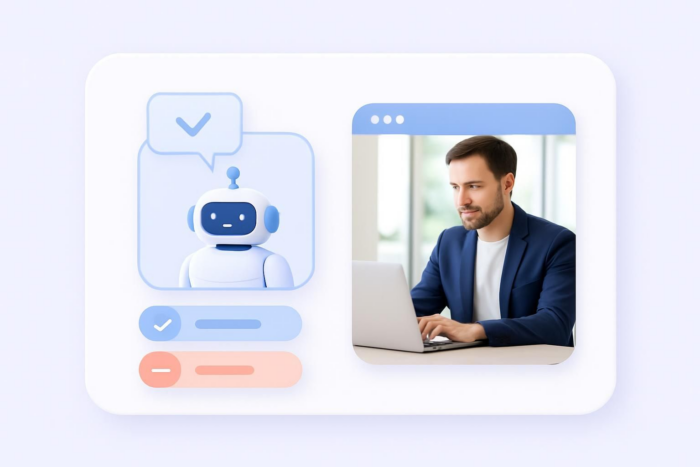





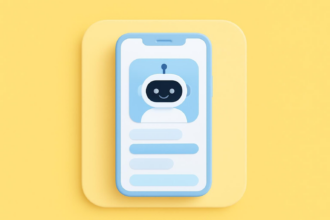

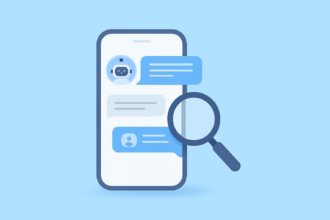
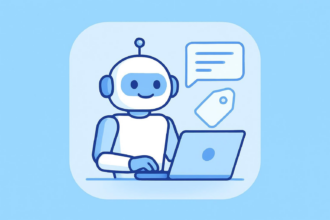

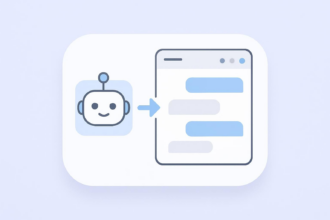
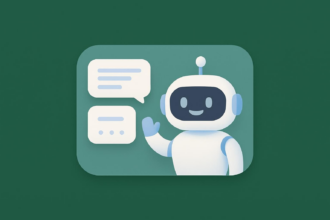
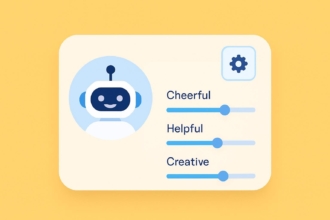
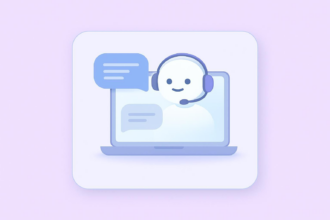






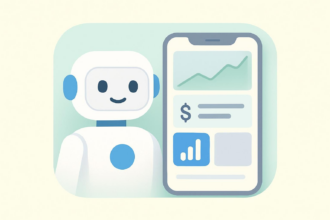
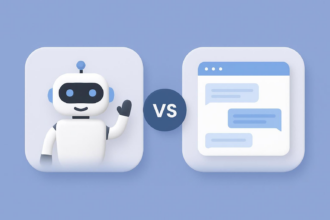


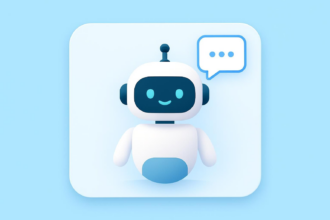




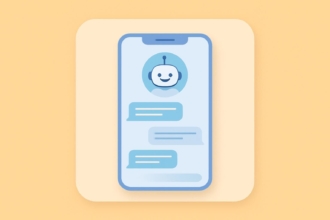


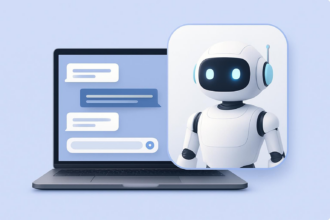

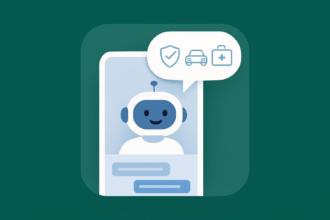
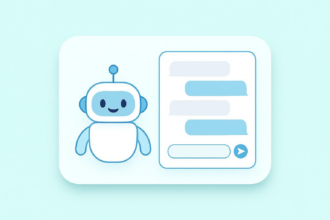
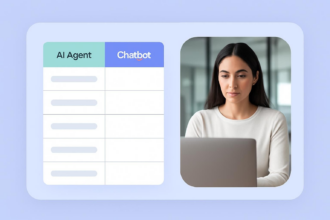

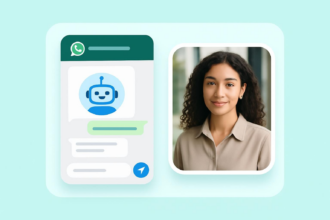




Send Comment: